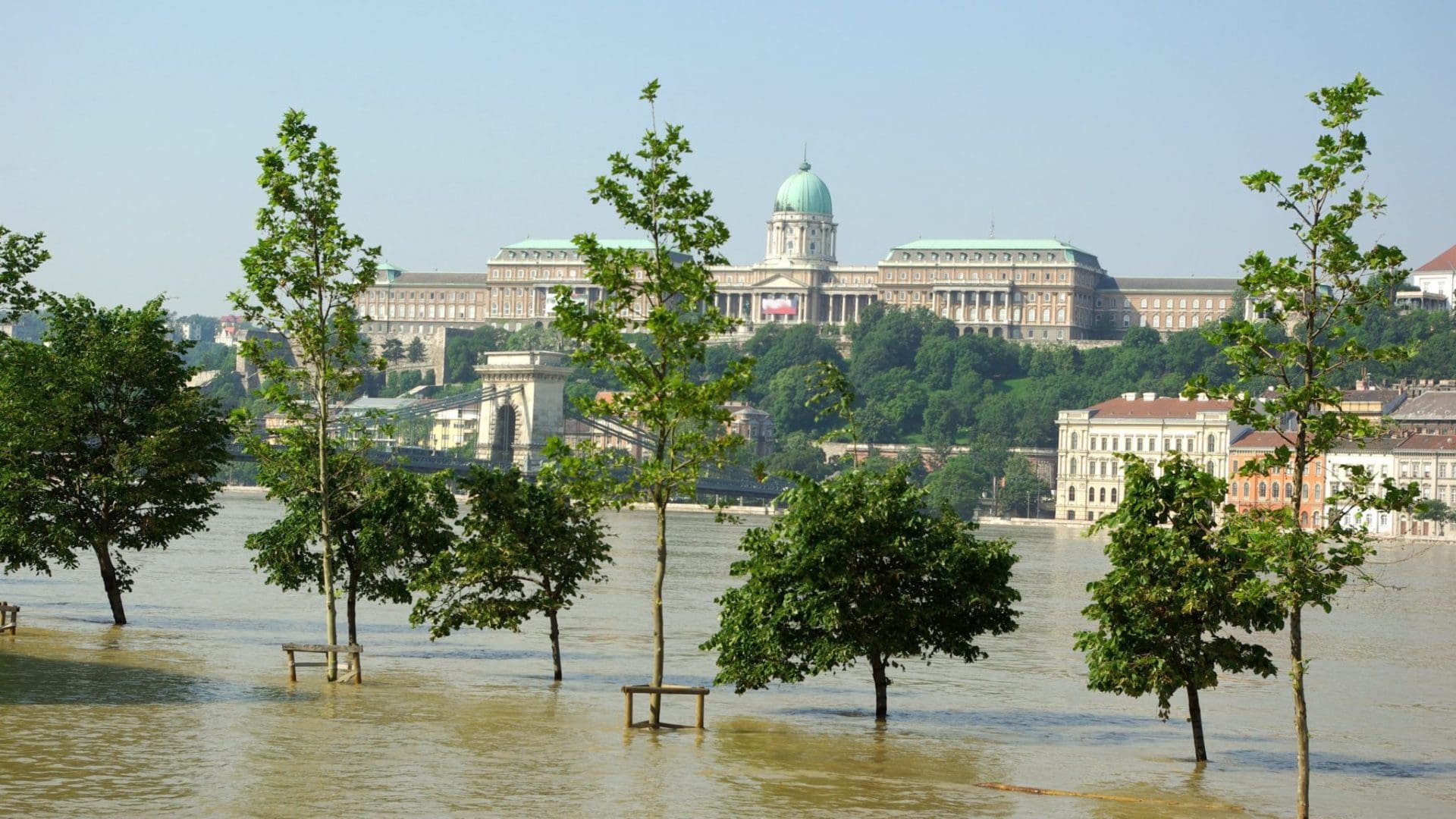Extreme weather events are becoming increasingly more common due to the ravaging effects of climate change. The rising frequency of these events is clearly observable, with the number of overall climate disasters having increased by more than 80 per cent over the last four decades. How will Hungary tackle the ever-growing damage caused by these disasters?
What are Extreme Weather Events?
First, it is crucial to understand what extreme-weather events are. As defined by the U.S. Department of Agriculture (USDA), ‘Extreme weather events are occurrences of unusually severe weather or climate conditions that can cause devastating impacts on communities and agricultural and natural ecosystems.’
These include: heat waves, freezes, heavy downpours, tornadoes, storms, tropical cyclones, and floods, or in the case of prolonged dry periods, wildfires and droughts. These events do not qualify as extreme-weather events just by occurring, as there are two ways of defining if they truly fall into the category.
The first method is scientists examining the probability or chance of an event of a certain magnitude occurring within a given period (e.g., 1980-2000); in which case an extreme-weather event of high intensity has a relatively low probability of happening (below 10%).
The second is a more widely applied method, according to which impact-related thresholds are used to determine if an event is extreme. For example, quantifying the number of consecutive days over 37 degrees Celsius can be used to assess a heat wave.
Global Trends
The number of extreme weather events saw a dramatic increase in the 21st century. Not including heat waves and droughts, the period from 2000 to 2019 had 7348 major recorded extreme weather events that were responsible for the loss of 1.23 million lives, affected 4.2 billion people and resulted in 3 trillion US dollars’ worth of damage. This is a sharp uptick compared to the previous 20-year period, as between 1980 and 1999 only 4212 extreme weather events took place, resulting in 1.6 trillion US dollars’ worth of damage. Generally, the number of storms and floods grew the most. Floods more than doubled, from 1389 to 3254, while extreme storms grew from 1457 to 2034.
Additionally, a record number of people were displaced due to extreme weather events. These people were either forced to relocate within their own country or move to a different one. To sum up, not only do extreme weather events pose a gigantic risk in terms of ecological, economic, and human losses, but also with regard to international and internal security.
The Hungarian Situation
As for Hungary, our land-locked country is not safe from these weather events either
As for Hungary, our land-locked country is not safe from these weather events either. While tornadoes or wildfires are rather rare, Hungary has an extremely unfavourable topographical position in relation to flood risk. According to a joint study conducted by the National Public Health Center and Szent István University, the flow of water from the surrounding mountains slows down in the lowlands, resulting in a large number of curves in our rivers, which makes the country more vulnerable to floods in the case of heavy precipitation.
A prime example of said vulnerability is the 2013 flood along the Danube. Due to the intense and massive rainfall in Austria, the water level of the Danube rose to 891 cm on 9 June, endangering more than 200 thousand people. Thanks to the extremely well-organized defense, along with the sizeable flood control investments and clear risk-communication, no loss of human lives occurred.
The frequency and intensity of large precipitation volumes are projected to increase, which consequently means that the number and intensity of floods will also increase in the coming years.
Floods are not only extremely dangerous due to their destructive nature, but the affected areas can also serve as breeding grounds for dangerous pathogens, potentially leading to major public health hazards.
Taking all of these factors into account, the future is not very bright in terms of how Hungary and the rest of the world will fare as our climate and weather get more extreme. As climate events get more and more common and severe, it is exceedingly important to prepare for them and invest in protection systems, as Hungary has, to secure a safer future for generations to come.








